Types and varieties of peperomia
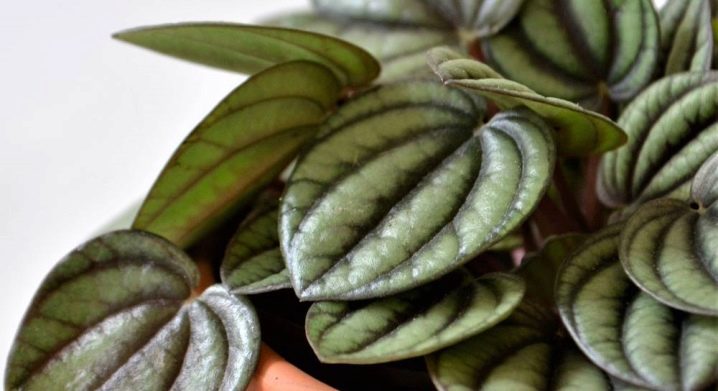
Today, the abundance and variety of indoor plants is simply amazing. There are flowers that deserve particular attention, such as peperomia. The available varieties and different varieties of this plant will be discussed in this article.
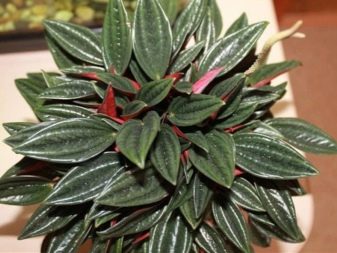
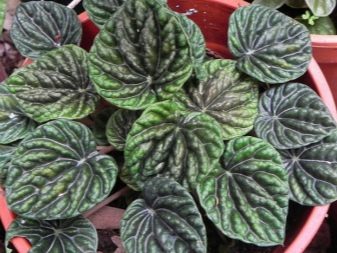
Peculiarities
Peperomia is a flower of the pepper family. It is often called ornamental peppers without fruits. The plant has a compact form, as well as a rather non-standard appearance. Its sizes can be completely different, but in any case, the flower is quite unpretentious to growing conditions. This houseplant has several varieties that differ from each other in almost all key parameters.
The main feature of this potted plant is its versatility. Peperomia grows well not only nearby, but even in the same pot with almost any plant.

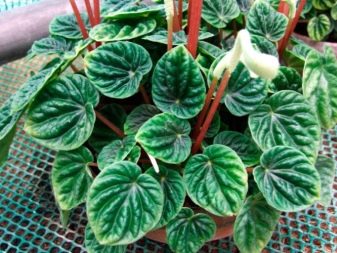
In addition, the flower has the following features.
- It allows you to add a certain variety. in a home flower garden. Both the appearance of the flower and the light aroma of its leaves resemble some varieties of pepper, and visually it is very different from other indoor plants.
- It is generally accepted that it is peperomia has a beneficial effect on the aura in the home and improves the relationship of the spouses.
- Also, it is this houseplant., or rather, its leaves and flowers, are actively used in folk medicine for the treatment of various diseases of the gallbladder and mammary glands.
Do not forget that the flower itself is extremely unpretentious to the conditions of its growth, especially to the composition and quality of the soil. Therefore, it can be grown in almost any room.
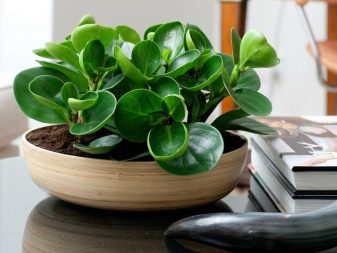
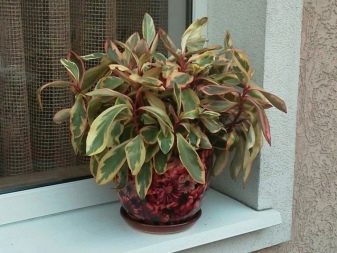
Varieties
The modern species of this plant are simply amazing. Among them there are both separate groups with the same characteristics for each specific species, and flowers, which are a mix of several subspecies at once. The names of the varieties of this indoor flower are more characteristic of its appearance. For example, small-leaved or variegated peperomia. There are also such subspecies as "Angulata" and "Rubella".
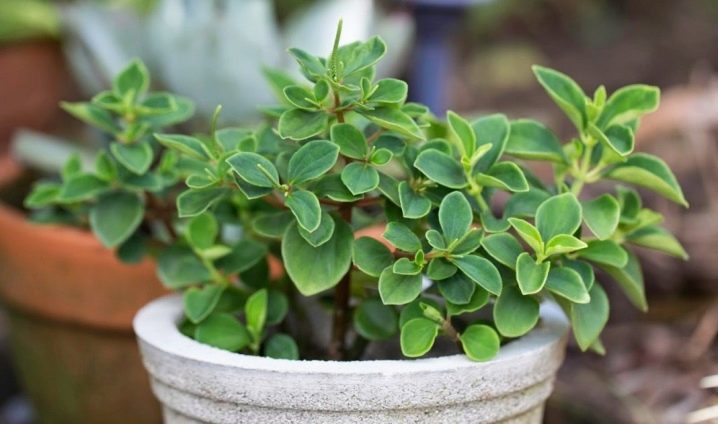
There are three main groups of peperomia, and each of them includes several subspecies of this indoor flower.
Erect
The plant of this species has a rather high stem. Its maximum length can reach half a meter. The main characteristic is the presence of thick and rather fleshy leaves of various sizes.
This group of peperomias includes the following types.
- Graveolens - a plant up to a quarter of a meter high. In appearance it is quite similar to sea corals. Leaves are oval, slightly curved upward. Their upper part is painted in green tones, and the lower one - in coral or burgundy. Graveolens blooms with bright yellow small bell flowers.
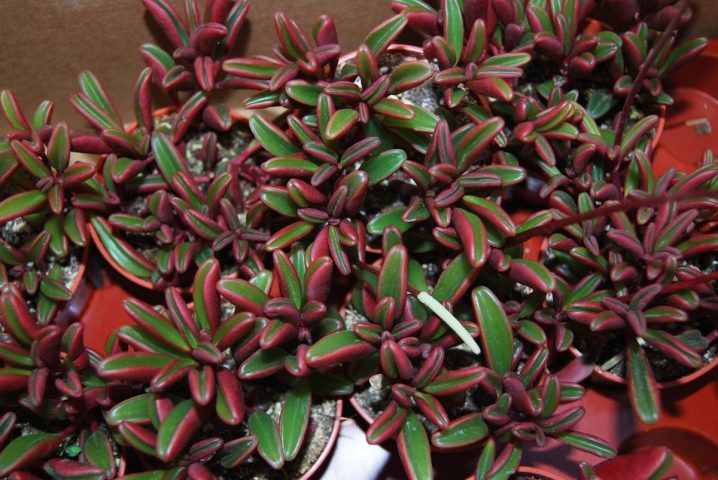
- «Ferreira» belongs to the variety of succulents, as it has the ability to make abundant supplies of water in its leaves. Often it is this type of peperomia that chooses some other plant as a support. For this reason, it is sometimes referred to as epiphytes. The stem of this flower is straight, and on it, in a checkerboard pattern, leaves folded in half are located. Their color ranges from light green to deep dark.
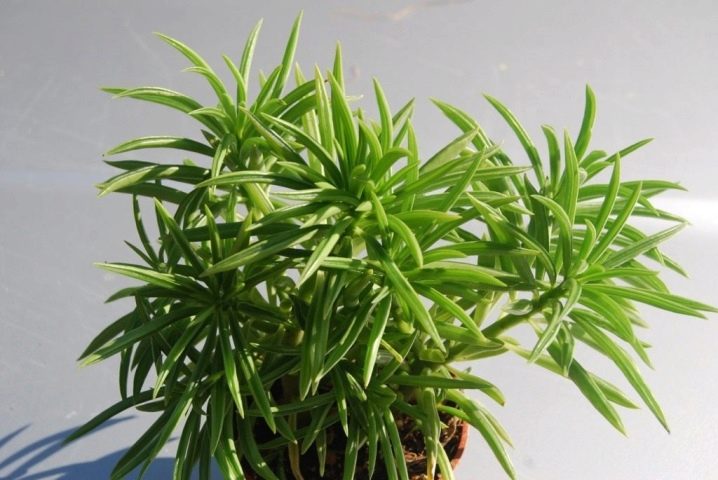
- Clusial peperomia differs from other flowers of the species by miniature petioles and very large leaves located on them. The color of the leaves is dark green, with a bright purple edging around the edges.Sometimes you can find variegated indoor plants of this species. Their color is green, purple, red and light green interspersed. The leaves grow at the bottom of the stem, but due to their large size, they create a kind of cap on the top of the stem.
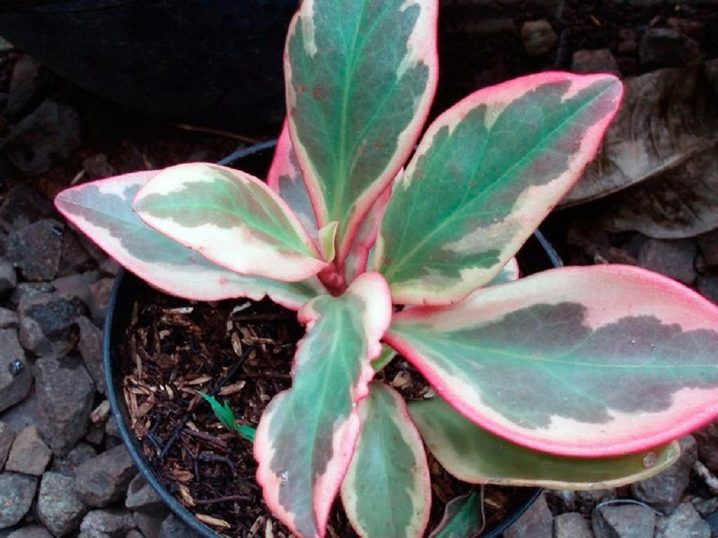
- Peresky peperomia. A distinctive feature of this flower is the small leaves that grow on the top of the stems in a bunch of several pieces. Their color is dark green, and they are quite tough to the touch. The ancestors of this plant today grow in the wild in Venezuela, Nicaragua and Colombia.
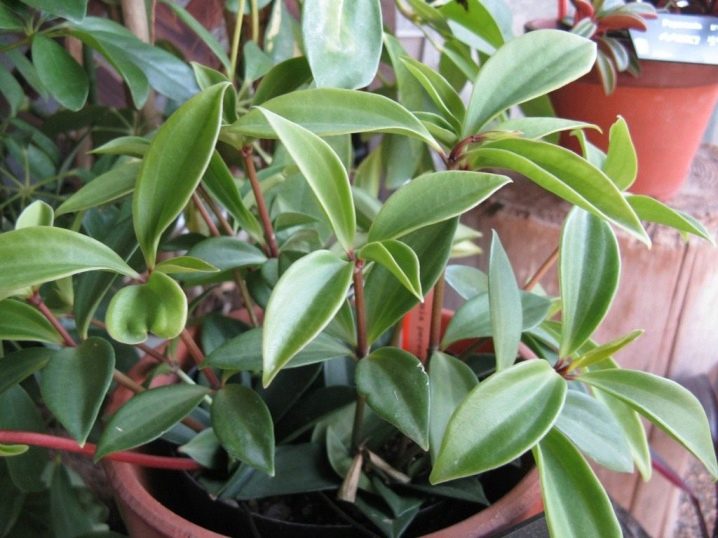
- Watermelon peperomia so called because of the color of its leaves. They are round, their shape resembles the shape of an ostrich egg, the color is identical to the color of the peel of an ordinary watermelon, perhaps a little dull. Stems are red in color and no more than 15 cm in height.
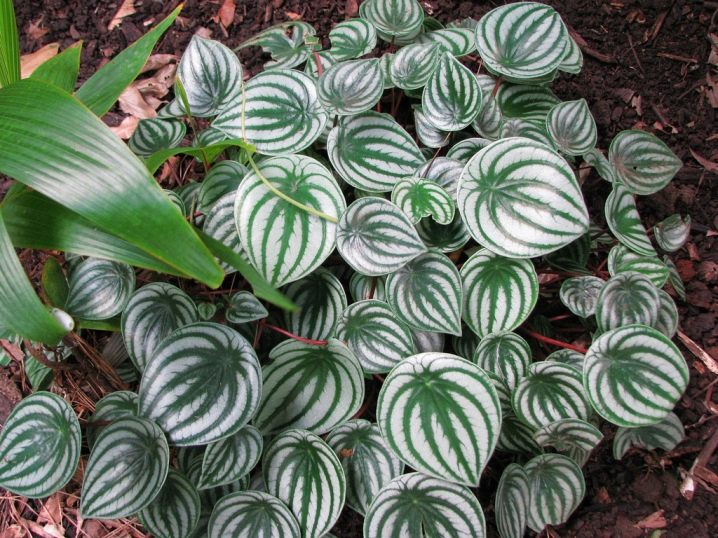
- «Happy Bean» - a compact plant no more than 25 cm high. The main highlight of the species is the shape of its leaves. They are curved like green beans or peas, but this is only an external illusion.
There is, of course, nothing inside the leaves. Color - light green, glossy. The stem does not differ in color from the leaves.
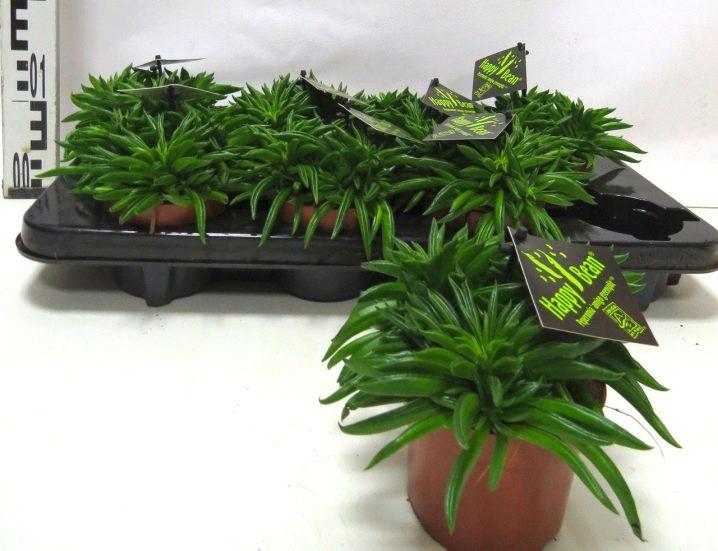
- Chisel peperomia (dolabformis) Is a rosette-shaped plant. The older it is, the harder and more stony its leaves become. The brightest representative of succulents among the indoor flowers of this species. The stem is thick, fleshy, no more than 12 cm high. Its leaves are round, folded in half, and there is a small gap between the halves.
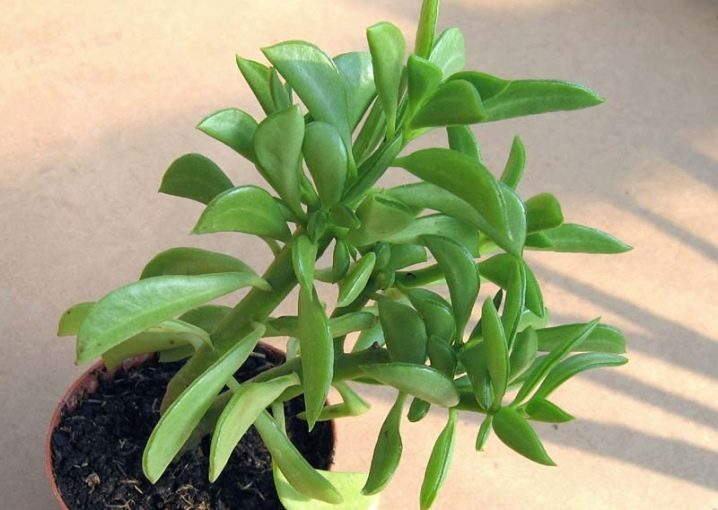
- «Columella». This type of plant appeared in our country relatively recently. It has a unique appearance - the stem is up to 20 cm high, rather thick and fleshy, the leaves are small and tightly smoothed to the stem against their growth. In appearance, such a plant, or rather, its leaves, resemble scales. Color - from light green to greenish purple.
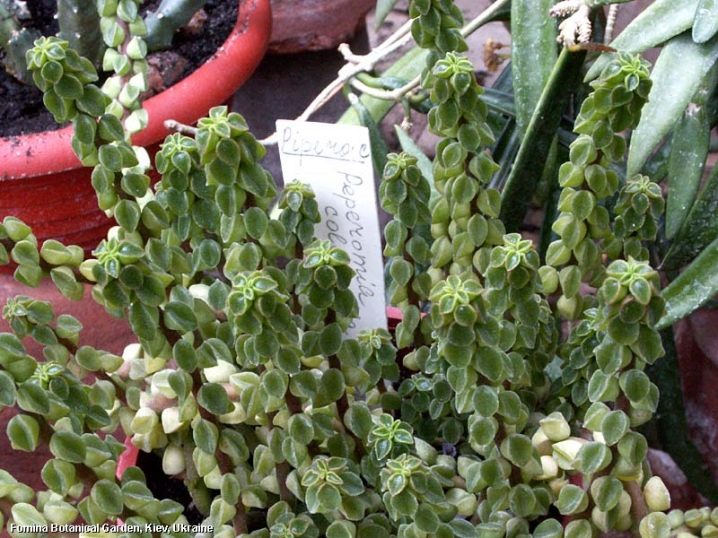
The general characteristics of these subspecies of indoor flower: the ability to accumulate water well, fleshy leaves, and also a small height - up to 30 cm.
Bushy
Peperomias of this species, as is already clear from the name, have a bush-like shape, and yet they all do not grow in height more than 15 cm. That is why their can be grown even in the smallest spaces.
- Shriveled peperomia Is a compact bush with beautiful wavy maroon leaves with a slight green tint. The stem is short and therefore the foliage located on it, like a cloud, reliably hides it from prying eyes. At the end of winter and early spring, tall spikelets-buds appear, which bloom into dazzling white small flowers.
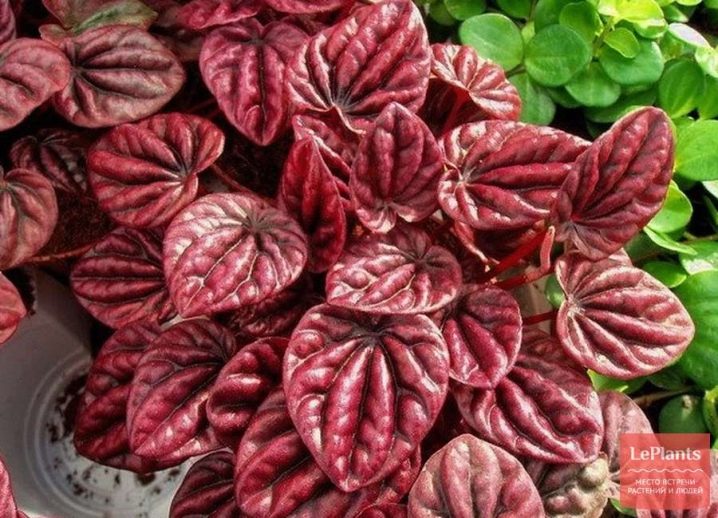
- «Rosso»Has a short flowering period, which occurs once a year, but its appearance already attracts attention. The leaves are large, oblong, the upper part is green, glossy, and the lower part is deep red. The stem of a dark green color is reliably hidden from prying eyes, and all due to the fact that the leaves are located on it in the shape of a star.
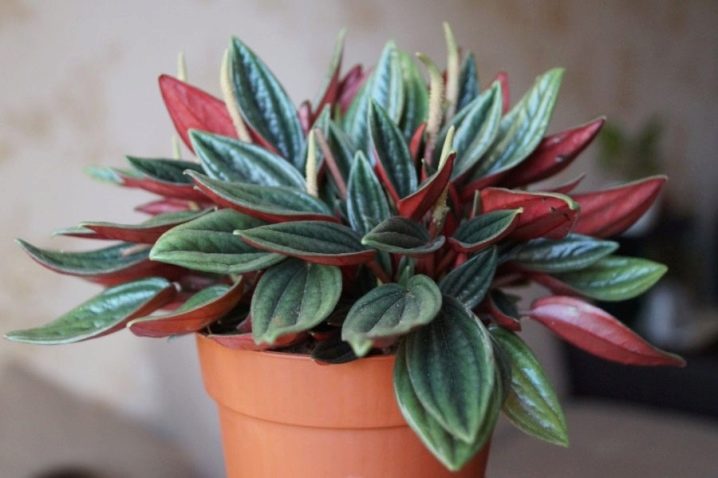
- «Lillian"Is a beautiful houseplant with thin, heart-shaped leaves of a dark green color. Flowers are located on high stems, and in their shape resemble ordinary lilies, their color is from white to golden yellow. Often, a small waxy coating can be found on the top of the leaves.
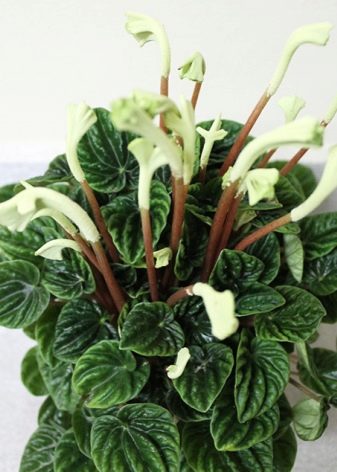
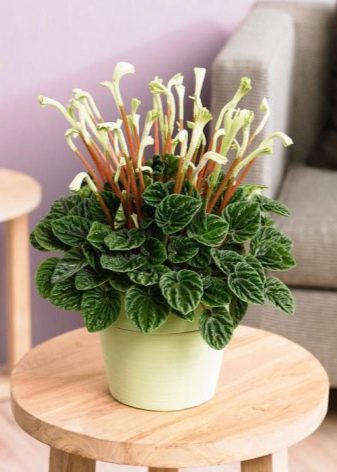
- Silvery peperomia got its name from the color of the leaves. The plant itself reaches a height of 14 cm, while it has very large leaves up to 8 cm wide and up to 15 cm long. The silvery color of the leaves slightly dilutes the dark green color of their veins. The color of the petioles is dark purple.

- Peperomia gray it got its name not because of the color, but because of the frequency of growth of the leaves - they are rarely located. Their color is dull, green, average size - about 3-5 cm. Young plants of this species have light erect shoots. With age, their color darkens, and they themselves begin to sag. Leaves and stems are covered with a small silvery down.
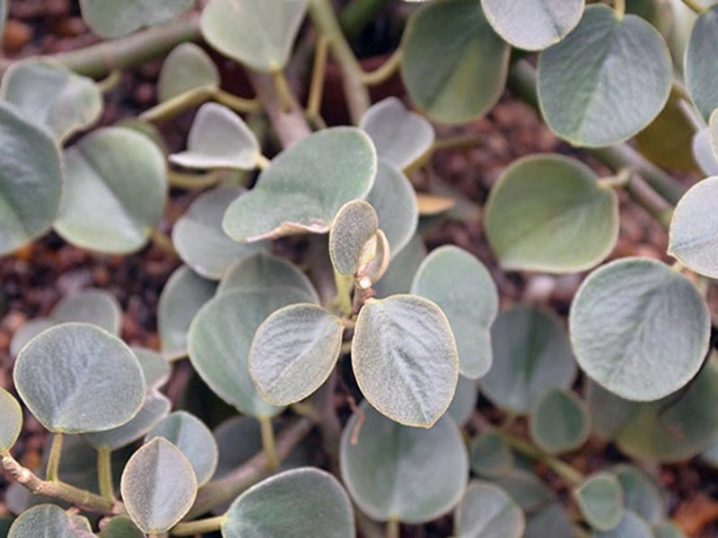
- Peperomia multi-arm or «Raindrop». The leaves are cone-shaped, their color is dark green, the surface seems to be covered with a thin layer of wax. The height of the flower itself never exceeds 20 cm. The peduncles of the plant are thin, tall, have a dark brown color, and the flowers themselves are small and painted in a yellow tone.
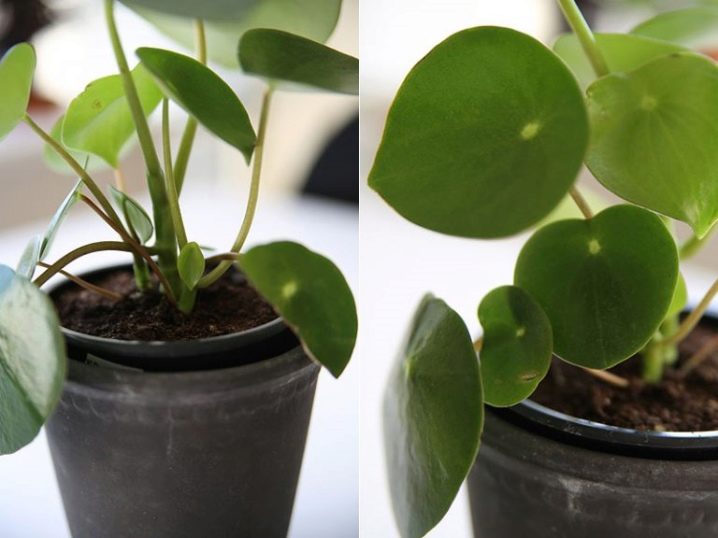
Despite the variety of colors and shapes of leaves and stems of the peperomia of this species, all these plants have one thing in common - their flowers are spike-shaped, and the peduncles always rise above the leaves and stems.
Ampelny
A distinctive feature of plants of this subgroup are long stems of various colors and thicknesses.
- Peperomia creeping at home it will feel great, growing in one pot or in close proximity to another, larger plant. It has thin and long stems that range in color from light green to deep purple. The leaves are small, oval, green in color.
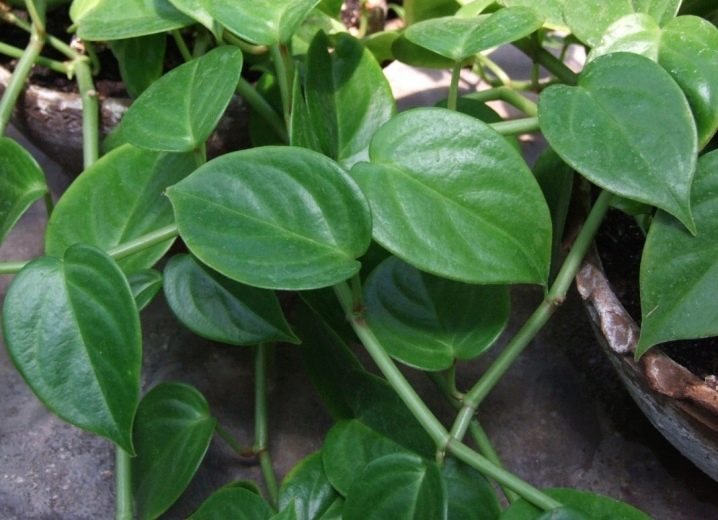
- Heady peperomia got this name because of its shape. It can be grown both as a creeping plant and as an ampelous plant. The color of the stems is from dark green to light purple, the leaves themselves are green. The peculiarity of this flower is that the more illuminated it grows, the brighter the color of its leaves becomes. The second name of this species is "Glabella".
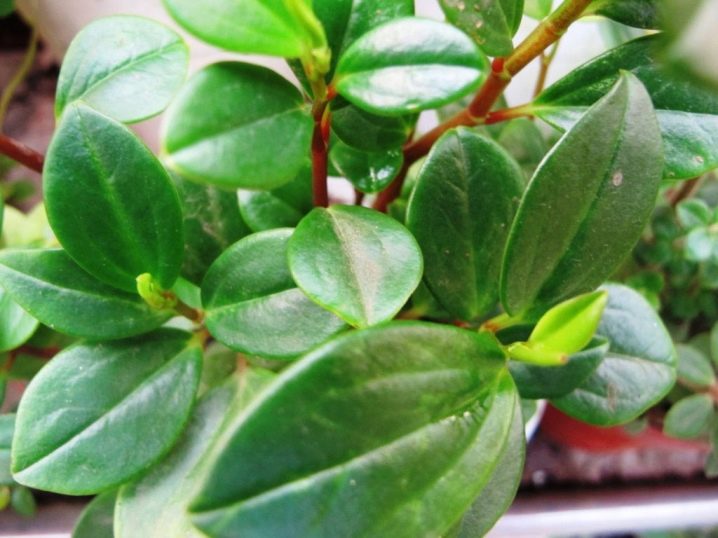
- Peperomia round-leaved - the smallest plant of this group. It has thin delicate stems and very small leaves. Flower color - light green, glossy. The leaves are egg-shaped and have a very delicate texture.
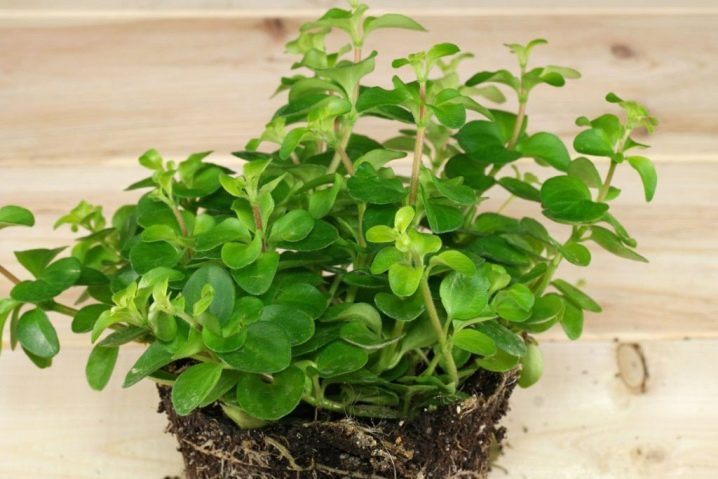
- Whorled peperomia. The leaves are round or diamond-shaped, their color is gray or dark green. The petioles are almost completely absent, and the leaves are collected in whorls. The peduncle is tall and rather thick.
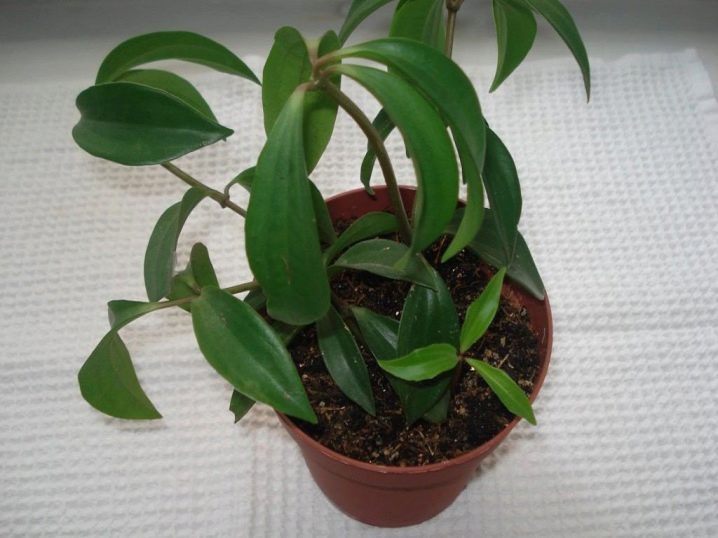
- Peperomia climbing («prostate») - perhaps the most popular subspecies of this indoor flower. Leaves change shape and color with age. At first they are round and light green, then they become oblong and gray. The plant is absolutely unpretentious to care for, and in the warm season it grows well even in the garden.

- Peperomia rotundifolia grows in the form of a shrub, its height is no more than 30 cm. The color of stems and leaves is dark green, with a glossy surface. The leaves are arranged in pairs and have an oblong shape; with age, dark gray veins appear on them.
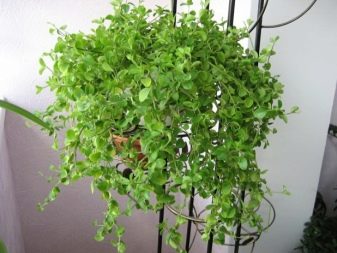
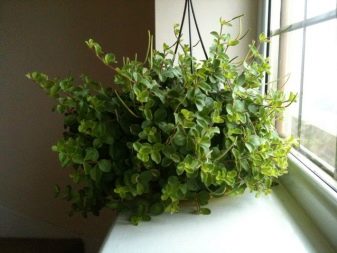
A distinctive feature of the ampelous peperomia of any subspecies is its leaves, which always frame the edge of the flower pot very beautifully.
How to choose?
Having familiarized themselves with the wide variety of species of this indoor flower, many people simply come to a dead end, because they do not know which plant to buy. In order not to be mistaken with the choice, be aware of the following important factors.
- The area of the room where the flower will grow. This is an important, if not key, selection factor. In a small room, a large plant will look out of place, and vice versa, if the room has a large area, then too small a flower can simply get lost in it.
- Lighting intensity. There are peperomias that love bright and abundant sunlight, and there are species of this flower, which, on the contrary, are strictly contraindicated in bright and intense light.
- General interior design. It is very important that the plant fits into the general style of the room and is well adjacent to other potted flowers that already grow in it.
- Availability of free time. Another important factor, because among the subspecies of this flower there are those that need regular care, and there are those that quickly die without proper attention or start to get sick.
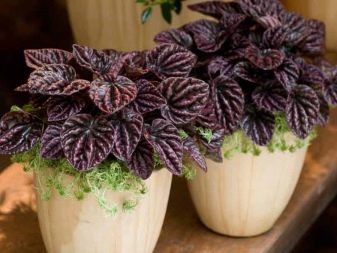
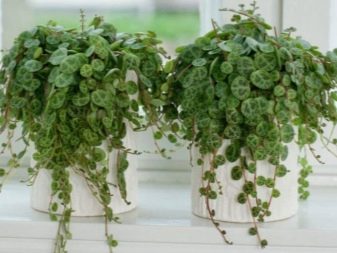
And, of course, do not forget about the reason for purchasing such a plant. If you choose a flower just for your home and your soul, then it is better to choose upright plants. If the flower is purchased exclusively for decorative purposes, then you should pay attention to the ampelous types of peperomia.
Basic rules of content
But it is not enough just to choose a plant.In order to enjoy its beautiful appearance, correct growth and development for a long time, you need to know and follow the basic recommendations for growing it at home.
- All types of peperomia are epiphytes, therefore, the soil in which they grow must be loose. A combination of forest soil, peat, sand and humus in proportions of 3: 1: 1: 1 is considered ideal.
- Before planting a plant in the ground it must be disinfected. For this, the mixture for the flower pot is poured into an even layer on a baking sheet and heated in the oven for 1 hour at a temperature of 100 degrees. Then they cool and only then are used for their intended purpose.
- A drainage layer is required in a pot. Moreover, its height should be at least 6 cm. It is best to purchase a special mixture in specialized plant growing stores.
- Particular attention should be paid to watering the peperomia. It should be timely, but not too meager or plentiful. The ideal time for watering is considered the moment when the topsoil dries 1 cm deep. After watering, the water should never remain in the pan of the pot.
- Lighting is another important factor. Despite the fact that peperomia is a tropical plant, not all species of it like intense lighting. Therefore, depending on the specific type of flower, it is necessary to choose the place of its installation.
- The air temperature in the warm season is from 22 to 25 degrees above zero, in winter - from 18 to 22. At the same time, the temperature of the soil itself should never fall below +17 degrees and rise above +19 degrees.
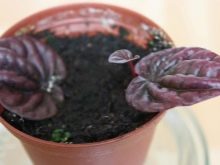

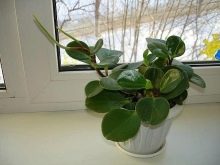
In addition to the basic conditions for keeping peperomia of any kind, some other recommendations must be followed for its proper growth and development.
Helpful hints
- Irrigation water only filtered or settled is used. Its optimal temperature is considered to be from 23 to 30 degrees, that is, on average, it is 5 degrees warmer than the temperature of the substrate itself.
- Highly discouraged use mineral (even without gas) or distilled water.
- With proper plant care watering is carried out once every 3-4 days.
- Peperomia needs regular fertilization... You can use any ready-made mixtures on a mineral basis. In this case, the dosage indicated by the manufacturer is recommended to be reduced by half.
- It is important to know that during the growing season fertilization is carried out once every 15 days, during the rest of the year, except for winter, once every 35 days. But in the cold season, peperomia is not fed.
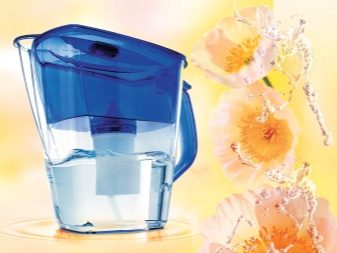
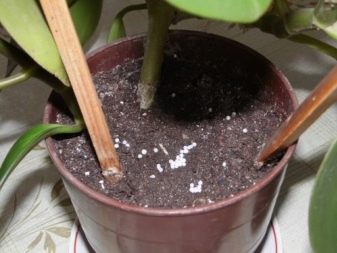
Only compliance with these recommendations will provide the flower with the most favorable microclimate, which will have a beneficial effect on both its appearance and health.
Transfer
This manipulation is carried out for the first time in the 4th year of life, and later - at least once every two years. It is during the first 3 years that the root system is formed in peperomia, and in the future, for its normal development and functioning, the flower should be transplanted more often. A few days (or preferably weeks) before the procedure, it is necessary to prepare a new soil and a new container for the plant, thoroughly wash and disinfect them.
Further, the sequence of actions will be as follows:
- the plant is watered and carefully removed from the old pot;
- a layer of drainage is poured on the bottom of the new container, and on top - a layer of soil 3 cm high and the root system of the plant is carefully installed;
- the remaining free space is filled with the prepared substrate.
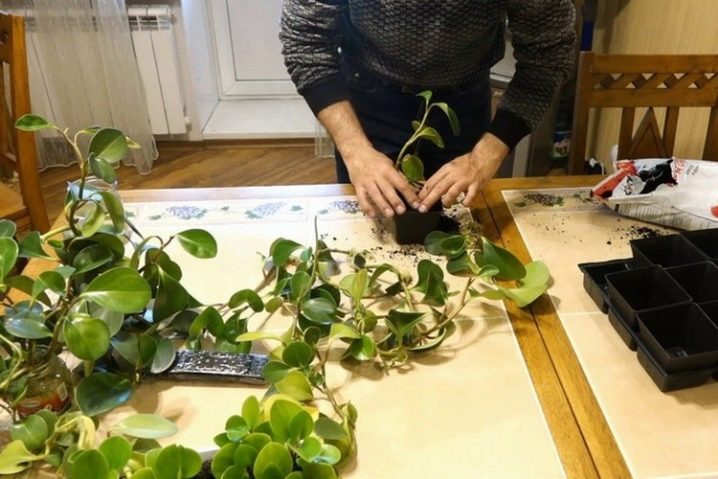
There is several important points.
- New packaging for a plant should be at least 30% more than the previous one.
- The first watering of the flower after transplantation, it is carried out only 4 days after the procedure.
- Roots of transplanted peperomia should be covered with soil by two centimeters, and the distance from the roots to the walls of the container should not be less than 3 cm.Only in this case will the flower grow and develop normally.
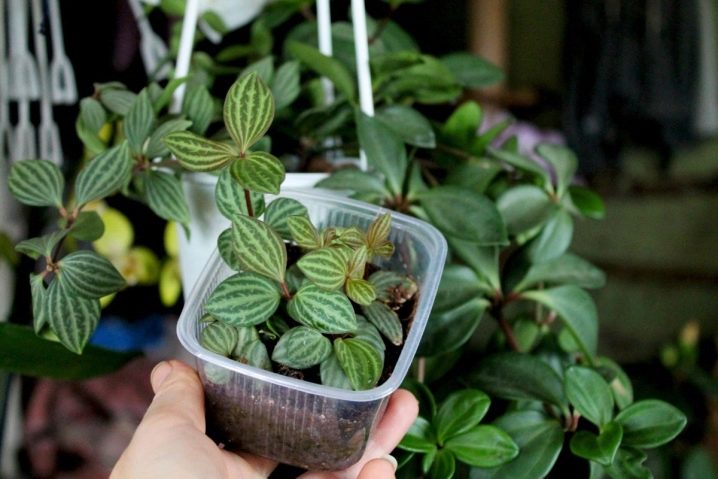
Compliance with all these simple but really important recommendations will allow you to grow beautiful and healthy absolutely any type of peperomia.
For an overview of the types of peperomias, see the following video.



















































The comment was sent successfully.